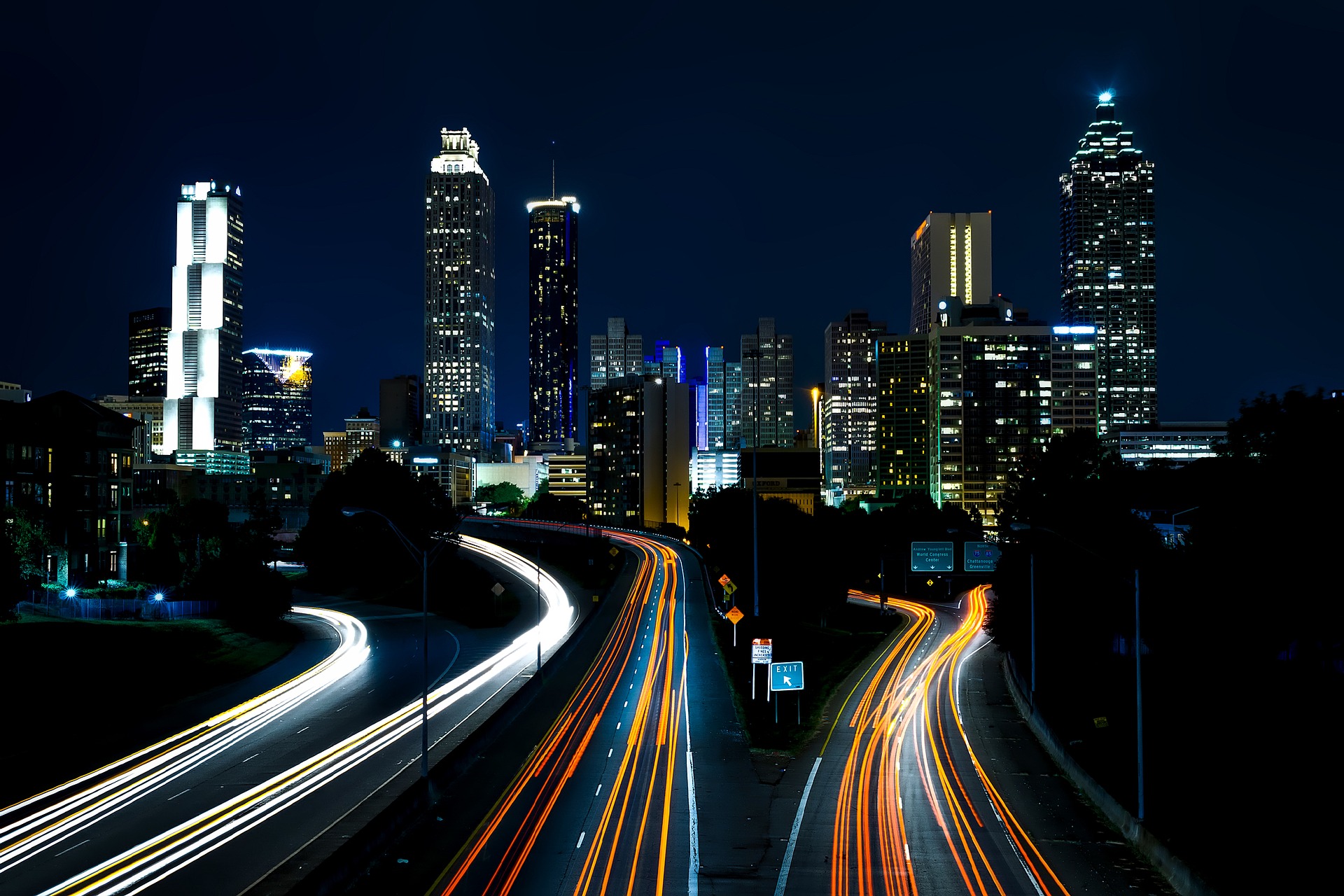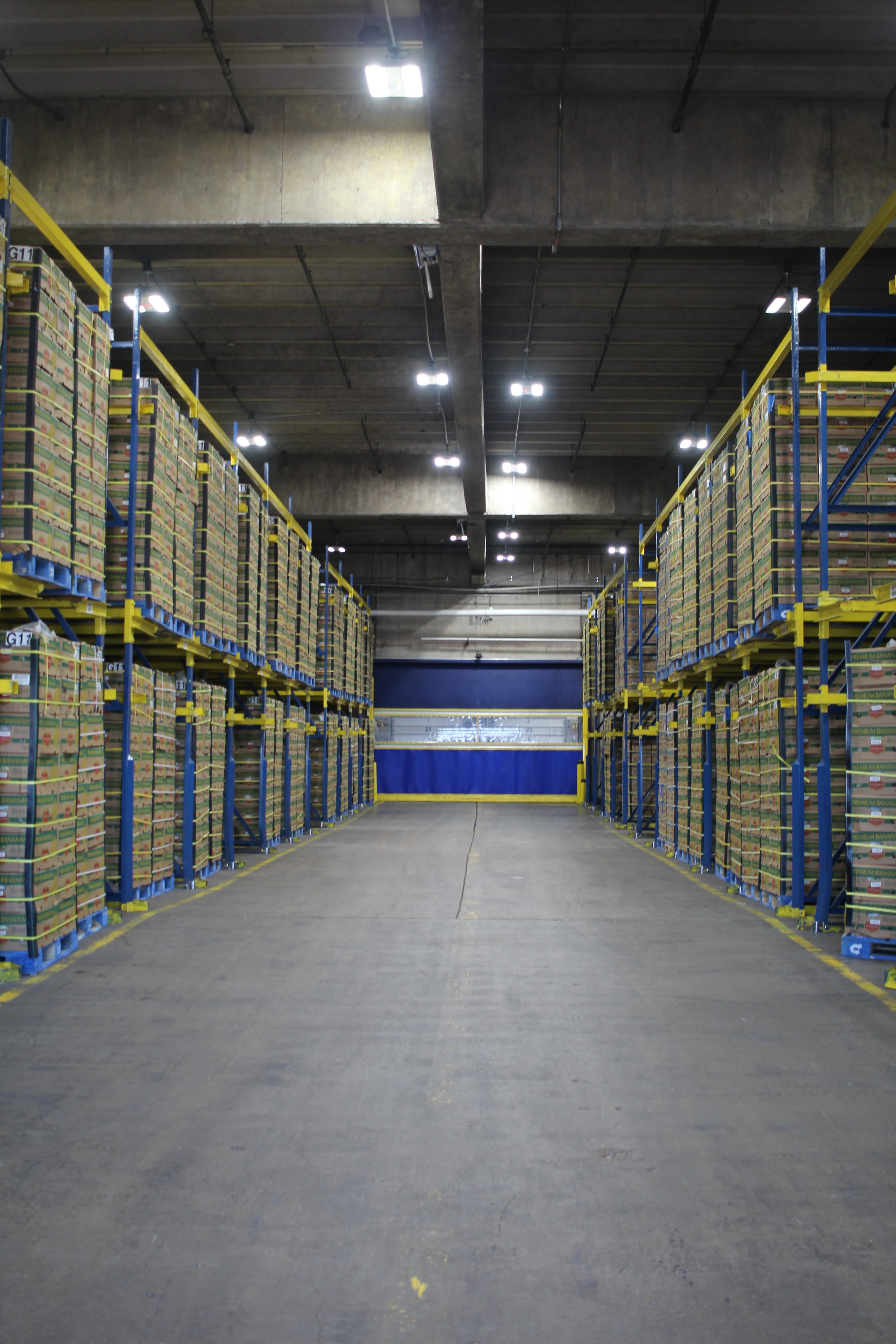New to IoT? Here are answers to some of the most common IIoT questions from industry leader Digital Lumens
What do a robotic vacuum cleaner and industrial LED fixtures with embedded sensors have in common? Both operate using the Internet of Things (IoT), a revolutionary network of connected objects driven by sensors which output data into corresponding software applications. Beyond the consumer IoT (wearable fitness trackers, automated home thermostats, and more) is the IoT’s place in the industrial business world called the Industrial Internet of Things (IIoT). Manufacturers and other standard production environments are set to adopt IIoT technology at massive rates, with one report forecasting manufacturing to make up one-fourth of the total IoT market by 2020.
Even though the IIoT can greatly improve your operational efficiency while reducing overhead costs, many decision makers have questions about the available technology, how to introduce it, and how it can benefit their business.
Here are answers to some of the most common IIoT questions:
1. What is a Smart Building?
A smart building is a facility containing sensors throughout which connect to a secure and shared network (the IIoT) for the purpose of generating data insights to inform operational improvements. The sensors monitor specific functions like lighting usage, power metering, temperature and relative humidity levels, activity level around specific assets and predictive maintenance on machinery. The centralized server or cloud-based platform stores, analyzes and, sends the data to a user-friendly software application where facility managers can view a range of historical and real-time data points to maximize energy savings and efficiency.
With a smart building system, organizations save manpower through the automation of manual tasks like walking through a facility with a clipboard to write down environmental conditions. IIoT connectivity also allows facility managers to evaluate insights not generated by manual tracking like employee foot traffic patterns or the best locations to store inventory which can inform lighting usage and make working processes more productive.
2. What are Best Practices for Introducing Smart Building and IIoT Solutions?
With so much potential opportunity, it can be difficult to know where to start with an IIoT implementation. The best approach is for facility managers, sustainability managers, or EHS managers to identify a small pilot project that will demonstrate the effectiveness of one IIoT solution such as, energy savings, facility-monitoring or asset tracking. Many pilot projects focus on sensor-driven lighting because it yields tangible results in a relatively short time period. Whether you have a food and beverage processing plant, warehouse or manufacturing facility, intelligent lighting can produce optimal results in a pilot project.
For those spearheading a pilot project, it is crucial to set and meet specific goals in order to demonstrate the value and potential of smart building technology. For example, if testing the effectiveness of sensor-driven LED lighting coupled with a software application lighting control like SiteWorx Tune over a manufacturing production line, some key measurements to note before and after the pilot test are:
Energy savings
Energy usage
Productivity levels
Based on facility specifications, smart building solution providers can guide you in launching and setting goals to maximize results of your pilot test.
3. Why is Lighting a Key Part of the IIoT?
The implementation of industrial LED lighting fixtures with embedded sensors is a common first step for many enterprises investing in IIoT technology. These sensor-laden lighting fixtures working in tandem with software application controls often yield the quickest return on your investment. Given that they are evenly spread out across a facility, the IIoT-enabled lighting fixtures are the ideal source for instrumenting a broader smart building network that can easily expand to non-lighting applications like power monitoring, machine usage and, facility environmental conditions.
If a full lighting upgrade isn’t in the plans, your existing light fixtures can be connected to the IIoT for a fraction of the costs. Digital Lighting Agents (DLAs) contain smart sensors, affix to virtually any LED light fixture and, deliver actionable facility data to smart building software applications.
4. How Do I Use the Data Generated From the IIoT?
Your IIoT solution is set up. The sensors are deployed and communicating their findings to a software application you check multiple times a day on your desktop and smartphone. How can all of the data be used to improve your facility and operations?
It depends on how you plan to use the data. McKinsey reported:
“Currently, most IoT data are not used. For example, on an oil rig that has 30,000 sensors, only 1 percent of the data are examined. That’s because this information is used mostly to detect and control anomalies—not for optimization and prediction, which provide the greatest value.”
If your main goal is to spot potential problems, it’s possible you may not need to look at all of the data insights. With optimization of processes and facilities, the data often requires a closer look.
While there will be a lot of data, smart building solutions software like SiteWorx, make it a lot easier to understand and leverage for facility improvements. On the SiteWorx dashboard, there are options to analyze real-time data, compare to current findings to historical data and view results in a variety of formats including charts, bar graphs, line graphs and diagrams. The software is a simple and intuitive tool meant for facility and operations professionals to spot trends and anomalies. Of course, it is important to remember data analyzation basics like comparing similar data sets or apples to apples, normalizing data and getting help from analysts or consultants for large projects like database restructuring.
5. Can My Business Afford to Implement an IIoT System?
Many companies operate on tight budgets in order to maximize profit margins within a competitive market spaces. Industrial lighting solutions are a good starting point thanks to their rapid payback.
Smart lighting software applications like SiteWorx Tune working with with sensor-driven industrial LED fixtures can yield up to 90% in energy savings. Using lighting strategies built into the software application such as dimming, daylight harvesting, and off-hour setback are large contributors to energy savings.
Intelligent lighting isn’t the only way the IIoT can help businesses justify the technology investment. Facility-wide monitoring functions including temperature and relative humidity readings, power load usage, and occupancy patterns allow managers to check conditions and activity 24 hours a day. This around the clock access allows operations managers to proactively prevent events like a burst pipe in a low-touch auxiliary room, temperatures falling below a regulatory level, and, machines running at a high power and wasting energy. The savings from protecting your facility and product from these events can be significant.
The IIoT offers unprecedented opportunity for industrial businesses. As hype builds and competitors adopt the technology, it is important to educate yourself on how it can benefit your organization.






